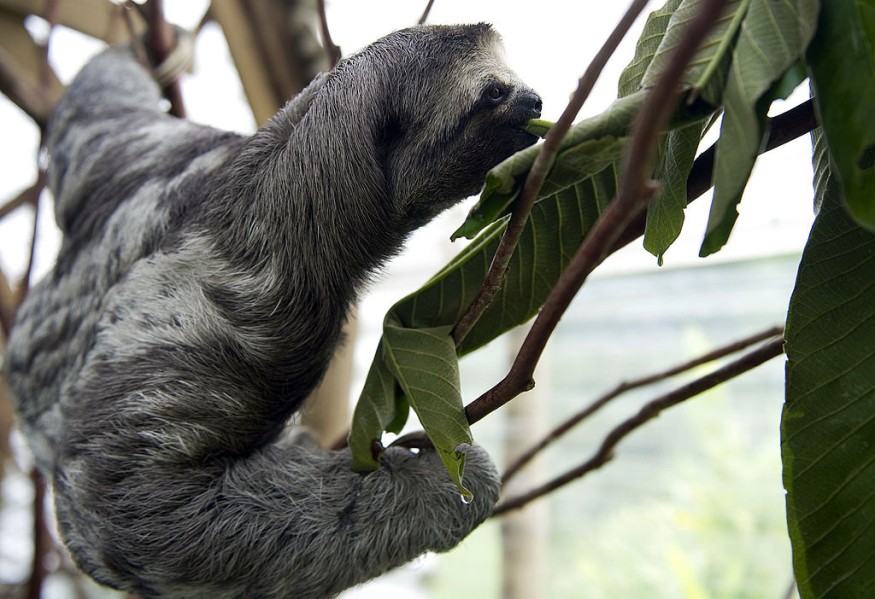The animal kingdom is home to the slowest species, from three-toed sloths and Gila monsters to garden snails.
Although they are slow, they play a significant role in the environment. Understanding different species can help conservation efforts amidst global warming and climate change threats.
Despite being small in appearance, they have managed to live and survive in the animal kingdom. Here are the six of the slowest animals people can find in the wild.
Giant Galapagos Tortoise
The giant Galapagos Tortoise is one of the island's known animals. It is active at midday, but it is threatened by predation, particularly by feral dogs.
According to a report, the Galapagos Tortoise can move about 1.2 miles per hour. The turtle can move slowly on land but faster in water.
Three-Toed Sloth

The three-toed sloth is considered a sluggish animal. It is mainly found in South and Central America. These very slow animals could move through a canopy, reportedly 40 yards per day.
In addition, the sloths are known as sleepy animals, spending 15 to 20 hours. They can crawl or move 1 foot per minute, and most of the time, they climb upside-down from trees.
Banana Slug
In addition, the banana slug is considered a slow animal that can only move if it senses danger. It can move in different areas by contracting its muscular foot, which allows it to move forward. The slug was observed to move in 6.5 inches for 120 minutes.
Garden Snail
Next on the list is the garden snail, a land snail from the family of Helicidae. It is found in the following:
- Mediterranean region
- Asia Minor
- Africa
- Egypt
The garden snail can move 1.3 centimeters per second.
Manatee
Manatees are known as some of the slowest animals. They are found in the following areas:
- slow-moving rivers
- estuaries
- coastal areas
Habitat loss, collisions, and emergence of toxic algae threaten the animal.
They could move at a rate of three to five mph, and they could move 20 miles per hour when in burst mode.
Koala
Last on the list is the Koala, which is native to Australia. As its name suggests, it can drink without water and feed on Eucalyptus leaves. Koalas can live in harsh, arid, or semi-arid land.
Almost similar to sloths, Koalas love to sleep for up to 18 to 20 hours. However, the species is threatened by drought, deforestation, habitat loss, and diseases.
Understanding different species in wildlife, from the slowest to the fastest, can help better protect them from climate change and habitat loss.
Related Article : Orangutan Uses Medicinal Herbs To Treat Open Facial Wound, Scientists Observed The Behavior
For more similar, don't forget to follow Nature World News
© 2025 NatureWorldNews.com All rights reserved. Do not reproduce without permission.





